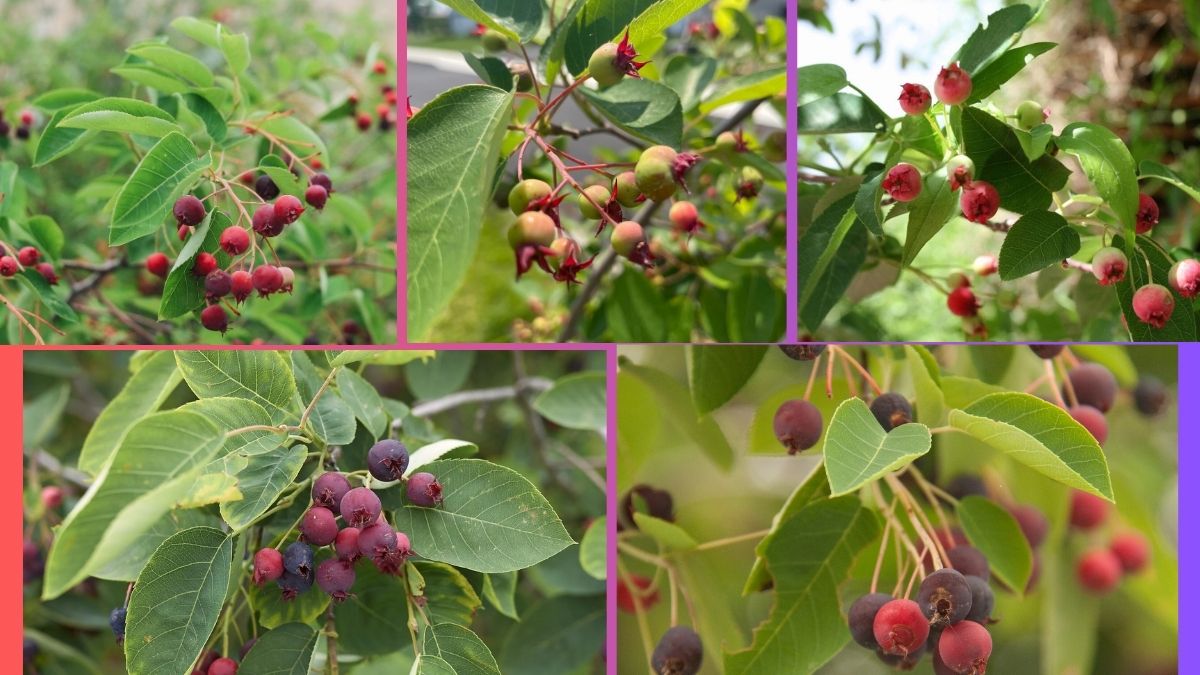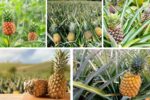The humble serviceberry (Amelanchier spp.) — known by many names like Juneberry, Saskatoon berry, or shadbush — is a native fruit-bearing shrub or small tree that has quietly thrived in forests, gardens, and hedgerows across the temperate Northern Hemisphere for centuries. Despite being overshadowed by commercial berry crops like blueberries, strawberries, and raspberries, serviceberries have recently stepped into the spotlight as a nutrient-dense superfruit.
As interest in native, sustainable, and health-promoting crops grows worldwide, one might wonder: Which country produces the most serviceberries globally?
The answer is both clear and fascinating — Canada stands as the undisputed leader in global serviceberry production, specifically of Amelanchier alnifolia, commonly called the Saskatoon berry. This article delves into the botany, cultural significance, production statistics, and market trends surrounding serviceberries and explains why Canada dominates this unique fruit’s global harvest.
What Is a Serviceberry?
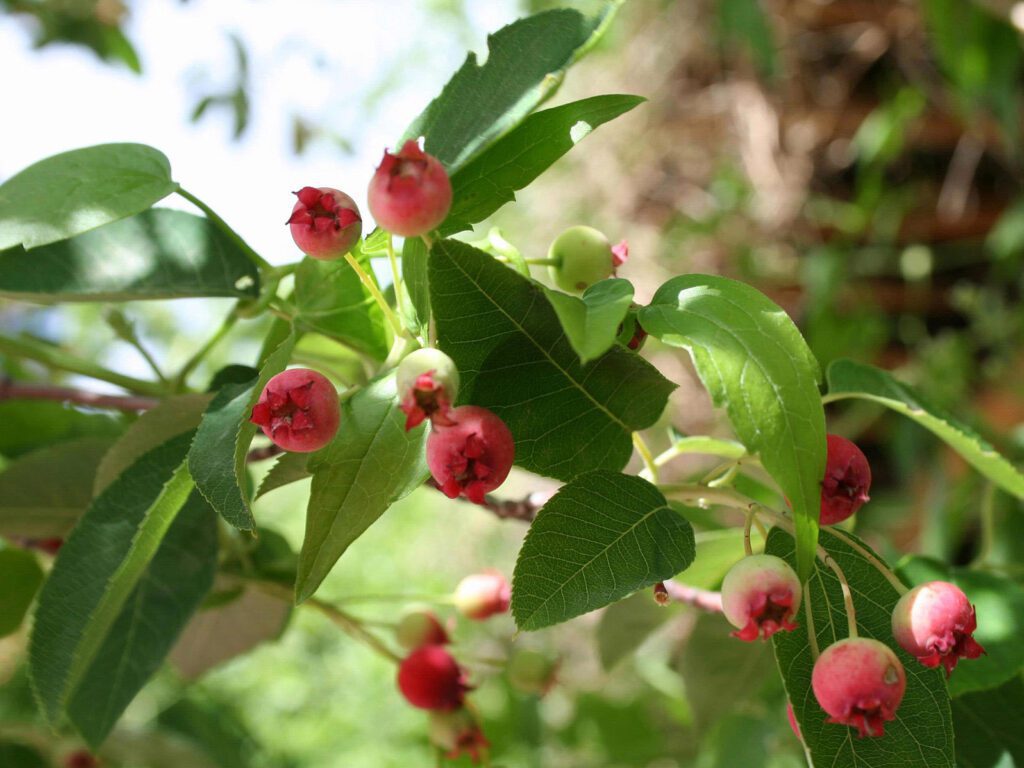
Serviceberries are deciduous shrubs or small trees in the Rosaceae family, closely related to apples, pears, and hawthorns. There are around 20 species in the Amelanchier genus, several of which produce edible berries.
The most commercially valuable species include:
- Amelanchier alnifolia — Saskatoon serviceberry (Canada, USA)
- Amelanchier canadensis — Eastern serviceberry (Eastern USA, Canada)
- Amelanchier laevis — Allegheny serviceberry
- Amelanchier ovalis — European species (ornamental and wild foraging)
The berries themselves are small, ranging from blue to purplish-black when ripe, with a sweet, almond-like flavor and a texture similar to blueberries. They are rich in anthocyanins, flavonoids, fiber, vitamin C, and manganese, earning them a place in the growing category of superfruits.
Global Production Overview
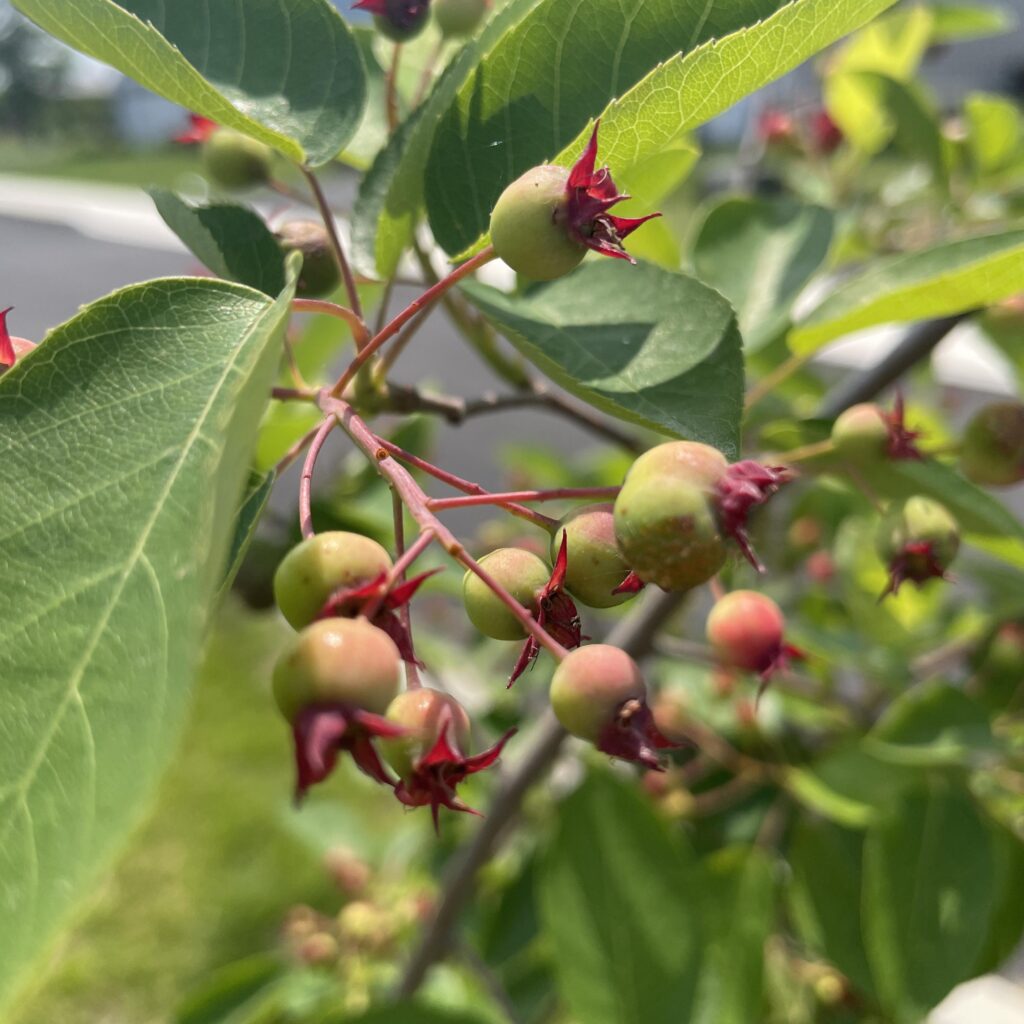
While serviceberries grow naturally in North America, Europe, and parts of Asia, formal, large-scale commercial production is limited primarily to Canada, with smaller operations in the United States and scattered local harvesting in Eastern and Central Europe.
Canada: The Global Leader
Canada’s Prairie Provinces — particularly Saskatchewan, Alberta, and Manitoba — are home to the world’s largest concentration of commercial serviceberry farms. Specifically, the Saskatoon berry (Amelanchier alnifolia) is native to this region and thrives in the region’s temperate climate and well-drained soils.
- Over 3,200 acres (~1,300 hectares) are dedicated to cultivated Saskatoon berry orchards.
- Saskatchewan alone accounts for about 28% of Canada’s serviceberry plantations.
- Canada annually produces an estimated 1,000 to 2,000 metric tonnes of Saskatoon berries, depending on weather conditions and farm yields.
Canada also leads in processing and product development, producing Saskatoon berry jams, syrups, pies, wines, freeze-dried berries, and nutraceutical supplements.
United States: Modest Production
The United States cultivates serviceberries mainly in northern states such as Michigan, Minnesota, and the Pacific Northwest. However, American cultivation is far more limited, often confined to pick-your-own farms, backyard plantings, and small specialty orchards.
In the U.S., Amelanchier alnifolia and Amelanchier canadensis are occasionally farmed for local markets, but no state matches the industrial scale of Canada’s Saskatoon berry production.
Europe and Other Regions
In Europe, species like Amelanchier ovalis grow wild and are foraged for personal consumption in countries like Poland, Czech Republic, Germany, Finland, and Austria. While appreciated for their health benefits and used in traditional recipes, commercial orchards are rare, and no European country has developed a robust serviceberry industry.
In Russia and parts of China, serviceberries grow wild but remain an underutilized resource in agriculture and food production.
Why Canada Leads Serviceberry Production
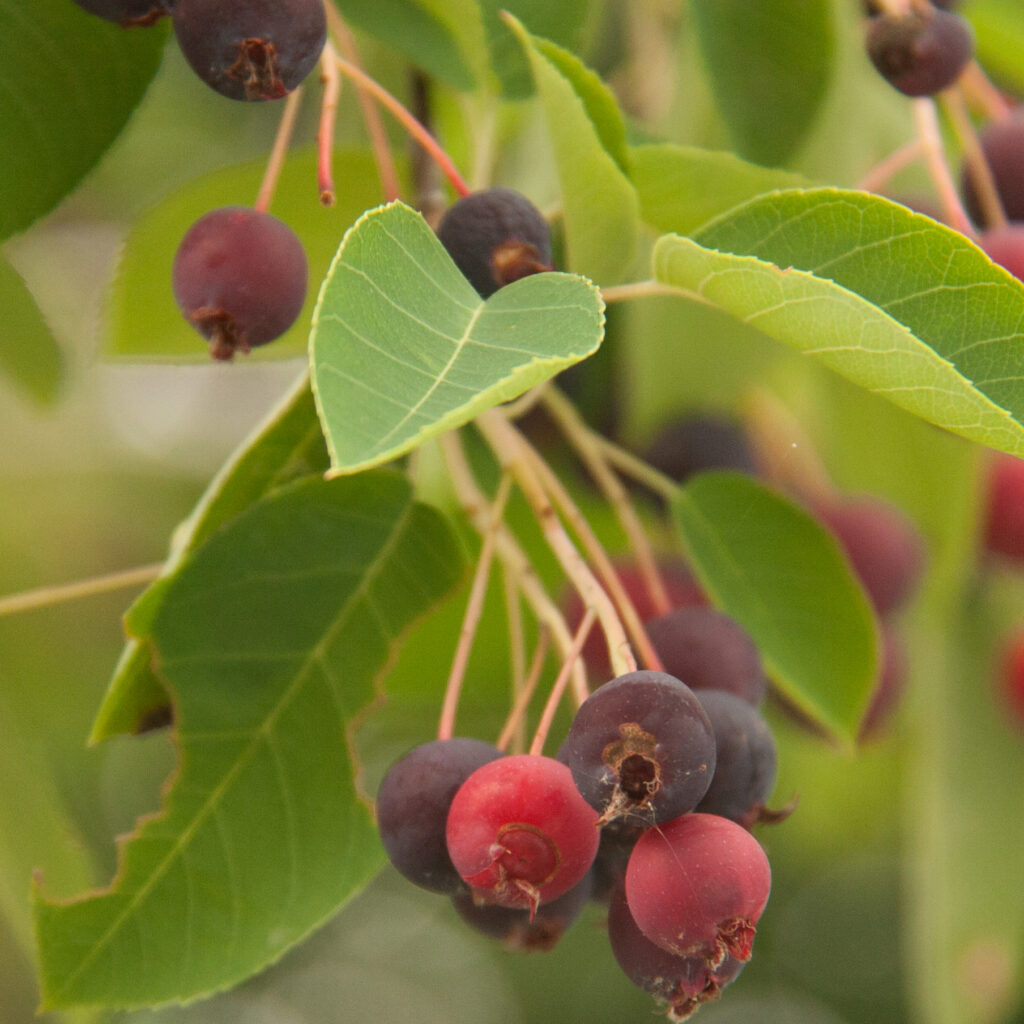
Several key factors have allowed Canada to dominate the global serviceberry market:
Native Plant Advantage
Amelanchier alnifolia is indigenous to Canada’s Prairie provinces, particularly Saskatchewan and Alberta. The plant’s natural hardiness, drought tolerance, and adaptability to the region’s cold winters and brief growing season make it a perfect crop for Canadian farmers.
Early Commercialization
While serviceberries have always grown wild in Canada, commercial cultivation began in the 1960s, with increased scientific attention to orchard practices, cultivar selection, and disease management. Today, Canada maintains certified plant nurseries and industry guidelines that promote Saskatoon berry as a commercial crop.
High Yield Potential
Modern Saskatoon berry orchards yield 6 to 13 tonnes per hectare annually under ideal conditions. The berries can be mechanically harvested and processed efficiently, providing Canadian growers with a reliable, scalable crop.
Market Demand and Superfruit Appeal
With the global superfruit market growing, Saskatoon berries are promoted as rich in antioxidants, fiber, and disease-fighting phytochemicals. Their rising profile has fueled domestic and export demand for frozen berries, jams, fruit leather, wine, and health supplements.
Value-Added Processing Industry
Canada boasts more than 40 Saskatoon berry processors, producing a wide array of value-added products, from baked goods to nutraceutical powders. This vertical integration strengthens Canada’s dominance in both production and export capacity.
Culinary and Nutritional Uses
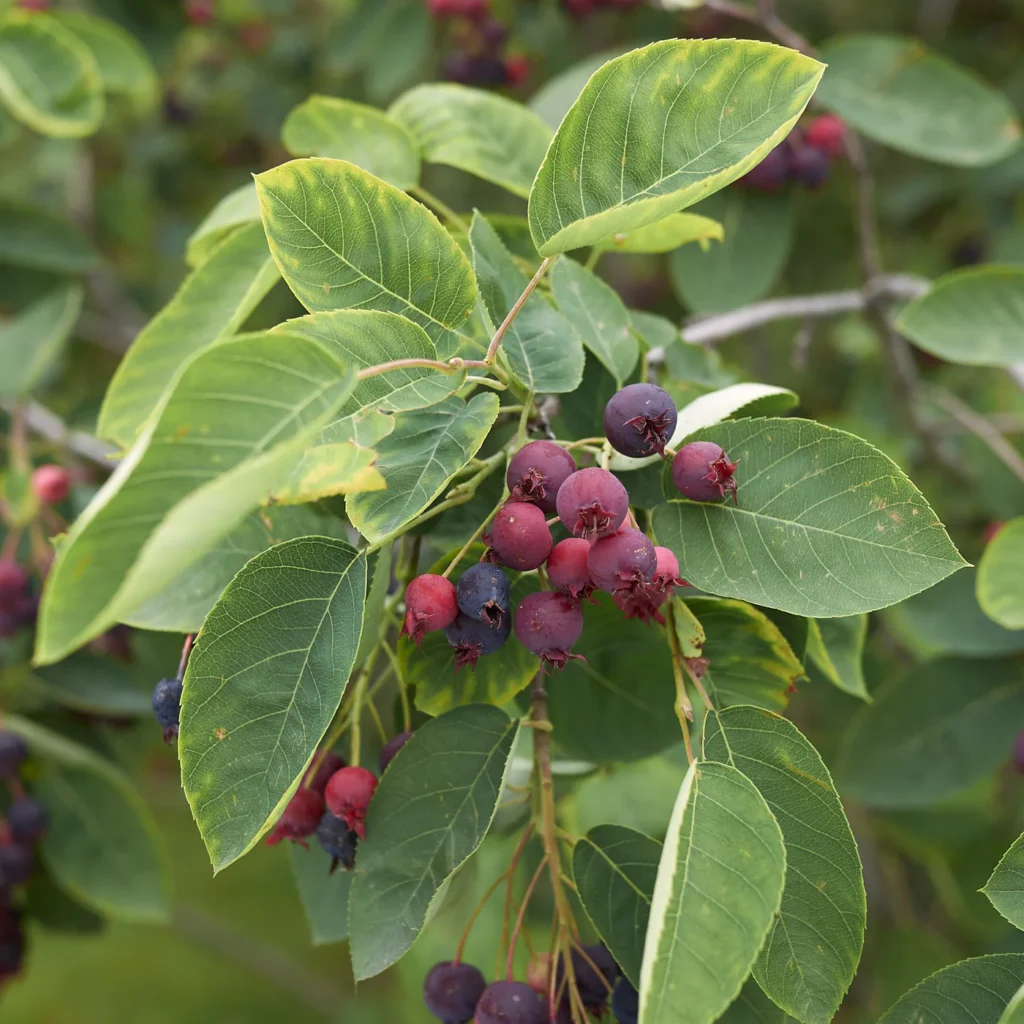
Serviceberries are celebrated for their versatile flavor and nutritional punch.
Culinary uses include:
- Pies, muffins, and cobblers
- Jams, jellies, and syrups
- Wine, liqueurs, and fruit beer
- Dried snacks and smoothies
Nutritional highlights:
- Higher antioxidant content than blueberries
- Rich in fiber, manganese, iron, potassium, and vitamin C
- Contains anthocyanins with anti-inflammatory and cardioprotective effects
- Potential blood sugar regulation benefits, making them suitable for diabetic-friendly diets
Market Trends and Future Potential
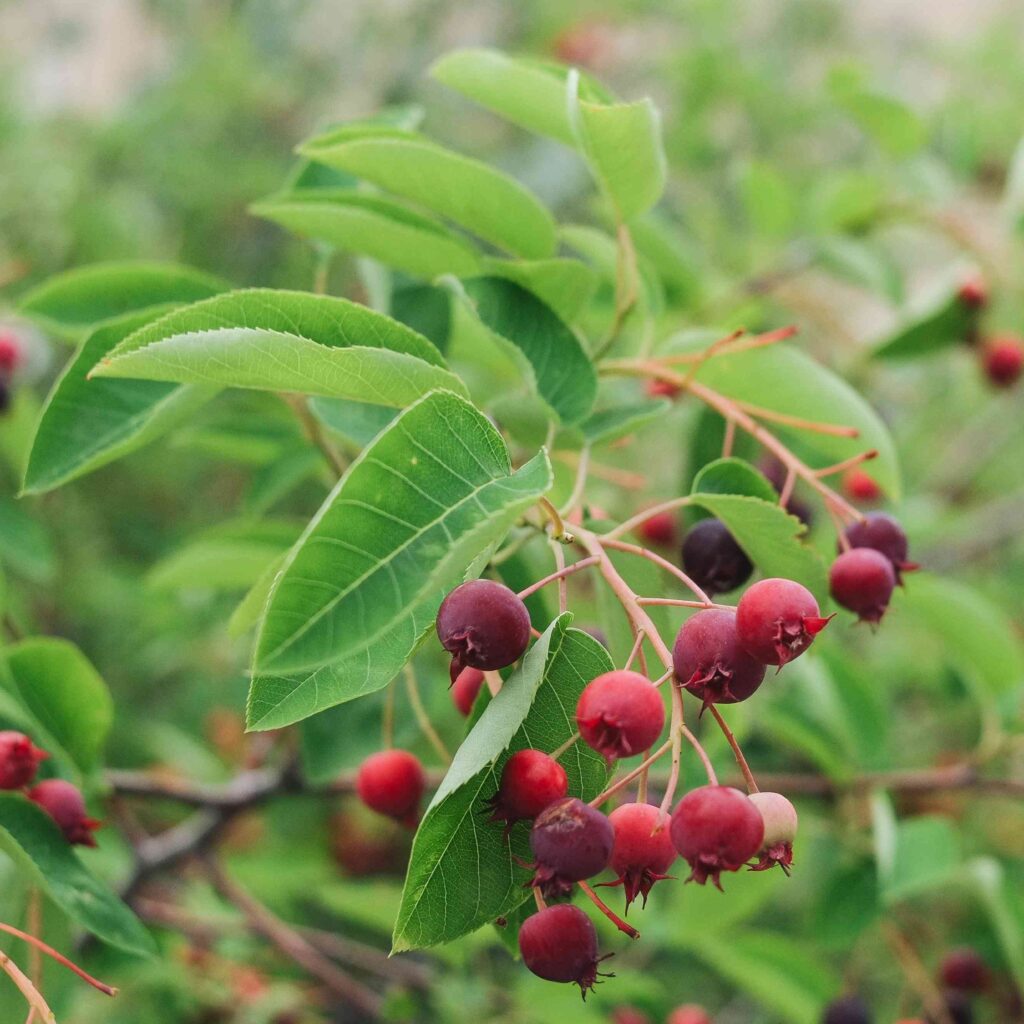
The global health food industry’s embrace of native fruits and superfoods has positioned serviceberries as a crop with significant growth potential.
Emerging trends include:
- Expansion of value-added products (nutraceutical powders, dried berries, and specialty liqueurs)
- Increasing inclusion in agroforestry and regenerative farming systems
- Export opportunities to U.S., Europe, and East Asian health-conscious markets
- Potential expansion to over 5,000 hectares of Canadian production in the next decade if demand rises
Conclusion
To directly address the thesis question:
Canada is, by far, the largest serviceberry producer globally.
This leadership position stems from:
- Extensive native Amelanchier alnifolia populations
- Over 1,300 hectares of commercial orchards
- High-yielding, resilient plants suited to local conditions
- A mature value-added processing sector
- Active research and promotion within Canada’s agri-food sector
While the U.S. and parts of Europe maintain small-scale serviceberry cultivation, no other country matches Canada’s commercial scale or market development for this unique superfruit.
